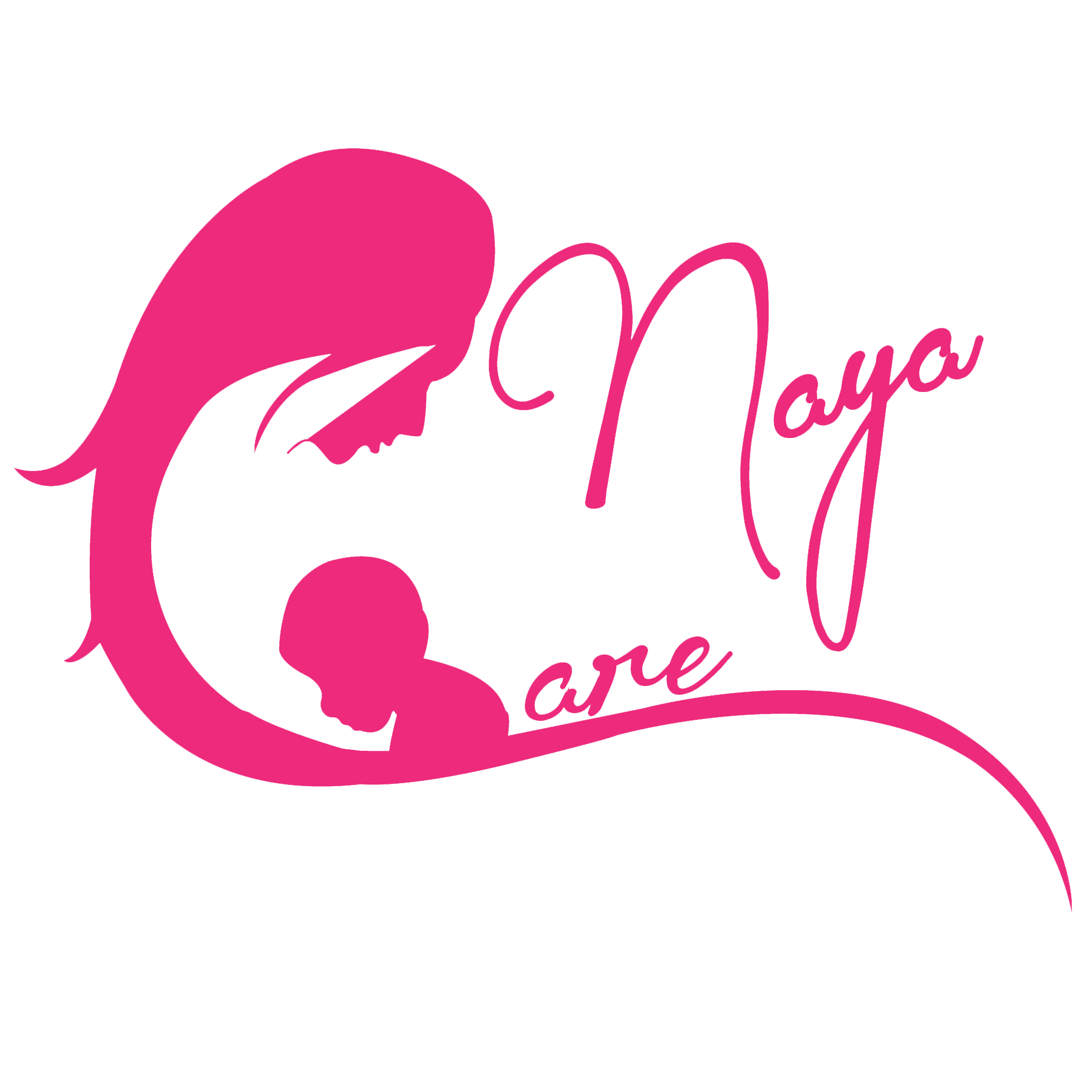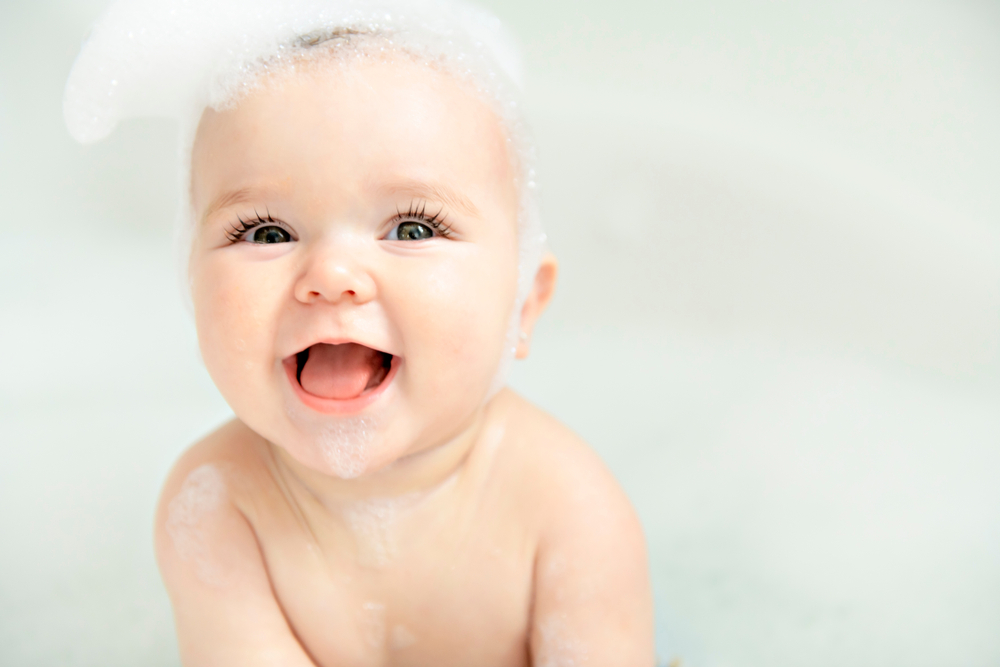For new parents, this is a constant ask and worry if they are doing the right thing. Commercials depicting a smiling baby lathered in gentle bubbles is an image most parents want to replicate. And like any aspect of parenting, there is the ideal image and then reality.
Newborns actually don’t like baths for a couple reasons. One, the bath environment is too cold. Getting out of a warm bath and hitting the cold air is not pleasant. Second, newborns like to be reminded of their womb; bathtubs can invoke the startle reflex in which babies get alarmed, stretch out their arms, and recoil. The startle reflex is actually an evolutionary defence mechanism from preys. Not a pleasant reminder when you should be relaxing. Going back to the happy baby bath commercials, next time, notice that those newborn are actually developmentally older babies.
So, are baths really needed for newborns?
Actually, no. At least not every day. Infants do not get dirty enough to require daily baths, and daily bathing will dry out their skin. Through the first year, three baths a week is more than enough. Also remember, the umbilical cord stump needs to fall out prior to the first bath. Sponge bathing is appropriate for newborns.
To ensure a better bath experience for both parents and babies, do the following: Warm the room in which you bathe to 75° F. Gather towels, soap, a diaper, and clean baby clothes before you start. It is often easier to bathe your baby if you have two people doing the job.
Fill the sink or bathing tub with water that feels comfortably warm to your elbow, but not hot. Put in enough water to cover your baby so they don’t get cold. Gently ease your baby into the water holding securely in your arm.
There are a couple of different ways to hold your baby for a bath and you can choose what is more comfortable for you. One way is for your baby’s head to rest in the bend of your elbow or on your forearm with your hand holding her arm securely. The other option is to support your baby’s head in your hand and have their body submerged in the bath.
Wash your baby’s face and eyes with water only, no soap. You may add a bit of mild hypoallergenic baby soap to the bath water and wash their body. You can wash their hair next. Scrub baby head with a soft nail brush (you can take the brush that is used in the hospital to wash your baby’s hair.) Scrubbing your baby’s head with a little soap and this brush twice a week may help prevent cradle cap. Don’t forget to clean in the creases and under the neck.
You can also wash your baby’s hair after drying her from the bath. Wrap her in a warm towel (heated in the clothes dryer) to help keep her warm. Hold her head near the faucet, and wet and wash her hair. Gently dry thoroughly getting creases as well.
Many newborns have some areas of dry skin that go away on their own. During the newborn stage, babies usually do not need additional lotion on their skin. Some babies have skin that is very dry and splits, especially around the ankles and hands. You can put olive oil, Vaseline/Aquaphor, or A‑D ointment on those areas.
If you want to use lotion, choose one that does not have perfume or dyes, such as Cetaphil or Eucerin. Bathing and soap are drying to your baby’s skin, so don’t bathe your baby too often and use only a small amount of soap on your baby’s skin.
Just like any experience with parenting, if it’s too overwhelming to bathe then there are alternatives such as sponge bathing your baby.
Check out more content on our blog.

